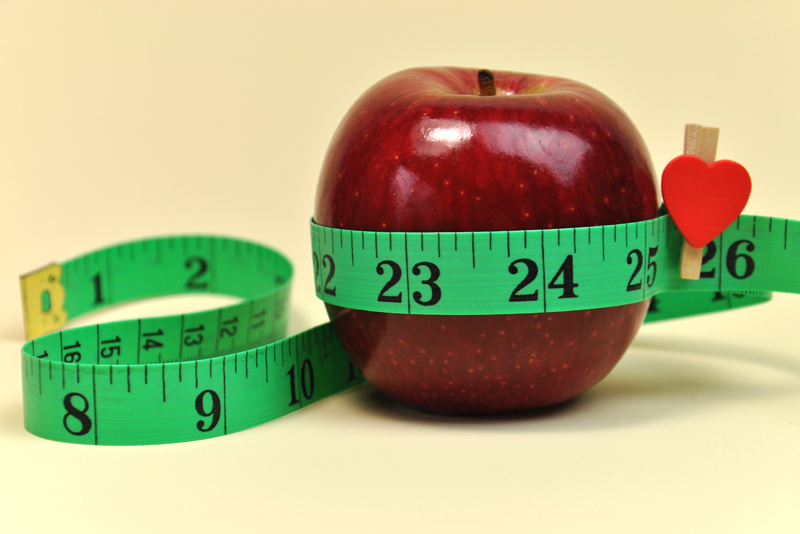Diastolic and Systolic

It's very important to understand how your blood pressure works. Your heart's pumping is made up of diastolic and systolic pressures.
Your heart is a fist sized organ in the center of your chest. It's pumping action pushes the blood all the way around your body, through your arteries and veins, through the lungs to get a fresh supply of oxygen, and finally back to the heart to get pumped around again. The heart doesn't affect the blood in any way - it simply pushes it out, pulse after pulse, to keep it moving around in a big circle. It's your lungs that add the oxygen, and your other organs that remove the impurities.
So when your heart presses in, the incoming flaps seal shut. The blood is forced out the outgoing flaps, heading on its journey through your body. This pumping out is the systolic pressure. This is the time your blood vessels are under the most pressure, when the heart is actively pushing blood out into them. If you had a blood pressure of
120/80
The 120 part is the systolic number, the pressure measured in milligrams of mercury. This is the highest pressure your blood vessels are under at any given time. You'd think they'd measure blood pressure in something standard like PSI (pounds per square inch) :) Ah well. There are always odd historical reasons for the things doctors do.
So now, on to when the heart rests. After the heart is done pressing blood out, it relaxes. This closes the outgoing flaps, and opens the incoming flaps so that more blood can enter the heart. The heart expands to draw that new blood into it. This is the diasotlic phase. So again if your blood pressure was
120/80
The 80 part is the diastolic pressure, i.e. the lowest pressure that your blood vessels are ever under.
There can be problems both if you have high blood pressure and if you have low pressure. If you have high blood pressure, I imagine you know how bad that is. The media is full of the dangers of high blood pressure and how critical it is to lower it. If you have low blood pressure, that can be troubling too - leading to dizziness and fainting.

Lisa Shea's Library of Low Carb Books
Your heart is a fist sized organ in the center of your chest. It's pumping action pushes the blood all the way around your body, through your arteries and veins, through the lungs to get a fresh supply of oxygen, and finally back to the heart to get pumped around again. The heart doesn't affect the blood in any way - it simply pushes it out, pulse after pulse, to keep it moving around in a big circle. It's your lungs that add the oxygen, and your other organs that remove the impurities.
So when your heart presses in, the incoming flaps seal shut. The blood is forced out the outgoing flaps, heading on its journey through your body. This pumping out is the systolic pressure. This is the time your blood vessels are under the most pressure, when the heart is actively pushing blood out into them. If you had a blood pressure of
120/80
The 120 part is the systolic number, the pressure measured in milligrams of mercury. This is the highest pressure your blood vessels are under at any given time. You'd think they'd measure blood pressure in something standard like PSI (pounds per square inch) :) Ah well. There are always odd historical reasons for the things doctors do.
So now, on to when the heart rests. After the heart is done pressing blood out, it relaxes. This closes the outgoing flaps, and opens the incoming flaps so that more blood can enter the heart. The heart expands to draw that new blood into it. This is the diasotlic phase. So again if your blood pressure was
120/80
The 80 part is the diastolic pressure, i.e. the lowest pressure that your blood vessels are ever under.
There can be problems both if you have high blood pressure and if you have low pressure. If you have high blood pressure, I imagine you know how bad that is. The media is full of the dangers of high blood pressure and how critical it is to lower it. If you have low blood pressure, that can be troubling too - leading to dizziness and fainting.

Lisa Shea's Library of Low Carb Books
You Should Also Read:
Healthy Blood Pressure Chart
Lowering your Diastolic Pressure

Related Articles
Editor's Picks Articles
Top Ten Articles
Previous Features
Site Map
Follow @LisaLowCarb
Tweet
Content copyright © 2023 by Lisa Shea. All rights reserved.
This content was written by Lisa Shea. If you wish to use this content in any manner, you need written permission. Contact Lisa Shea for details.










